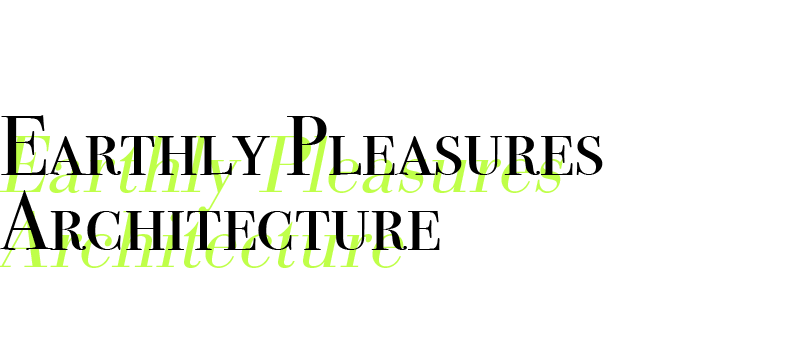Beginning with Schinkel’s Neuer Pavilion, a modest ‘summer retreat’ for the Prussian royal family, built as a propaganda device to stage a public display of modesty in the years following the french revolution, enlightenment, and general destabilization of nobility within Europe, the pavilion is laden with hidden meaning and symbols, the most ambitious of which being a bench intended for the queen that looked out onto the palace gardens.
The bench itself, an ‘exedra,’ is of an ancient typology imbued with a breadth of meaning accumulated over thousands of years of history and translation.
Schinkel’s exedra employs seemingly classical ornamentation, such as the ‘lion’s paw,’ a symbol of the power, strength, and masculine dominance of the royal family; however, further investigation reveals the symbol as a free-masonic symbol, an ironic foil of the apparent symbol of royal power. The blue fabric and star motif directly reference his set design for Mozart’s The Magic Flute, which promotes Enlightenment theory and suggests a critique of gender roles in society.
The bench itself, with its complexity of meaning, encapsulates the motives of the pavilion, and should be understood typologically with the same respect to context, history, and intent. The exedra, with its rich implications, ranging from family values, traditional rituals, performance and perception, diplomacy, nobility and status, actors and audience, could serve to change an existing dialogue.
Sited in the specific context of the Cornell School of Architecture, the Critexedra creates a space for gathering, voicing concerns, socializing and theorizing, pausing, contemplating, reflecting.
Material: high density foam (an “unnoble” material) will be used to contrast the traditional “beautiful” materials exedrae have been made with over the course of history, in particular marble, stone, metal, and wood. The intent of using an unnoble material is to create an equalizing effect on those who interact with it, due to its accessibility and (relative) low cost. This is an uncommon occurrence and point of contention in the School of Architecture.
Ornamentation: the distillation of the lion’s paw to an imperfect yet strangely monumental human foot is meant to disorient and incite skepticism. It is a reference to the architect’s ego as the craftsman, the creator of worlds, and is meant to ground this identity in playful seriousness.
Size and Construction: in order to fabricate the bench, while maintaining an uncompromising approach, certain considerations were taken into account. These include the size of the router, CNC mill bed, and the foam’s standard material sizes.
